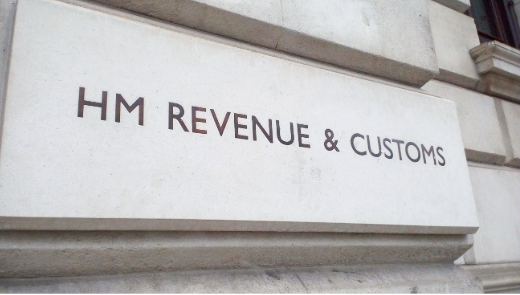Annuities – if they’re no longer compulsory, don’t tax them that way
Two things are on my mind.
First, just how much I like the new One Direction single. Great work guys.
Second, fairness for those approaching retirement.
The Treasury has been instrumental in the widest ranging, and may I say, spectacular, reforms to pension legislation in many years. The new legislation will go live in April 2015 and it really is a game changer.
For those of you not up to speed on the reforms, anyone over the pension age (55) will have full access to their pension pot from day one. The first 25% will continue to be tax-free and withdrawals in excess of the 25% will be taxed as income and will be liable to income tax at your marginal rate.
The ‘compulsive’ nature of annuity purchases has been completely removed, affording those nearing retirement maximum flexibility on how they take their benefits. My view is that this is terrific news, as it will encourage people to save more, safe in the knowledge that the pension pot remains ‘your money’.
In addition, there are big changes to the tax treatment of pension pots on death, which I won’t go into now, but they add a further rosy tint to the outlook for pensions going forward.
The point of my blog is to ask this: if annuity purchase is no longer compulsory, is it right to continue to tax them as if they were?
The technical bit; what is an annuity? Simply, it is a guaranteed income for life, usually purchased via a big life insurance company. There are two main types of annuity.
First, a compulsory purchase annuity (CPA). This is the annuity you purchase when you convert your pension fund to an annuity. After the 25% tax-free cash has been paid, the full annuity is taxed as income at your marginal rate.
Second, a purchased life annuity (PLA). A PLA can be bought with any capital that has not come from a pension, for example, using cash that you have saved in a building society account. Interestingly, the tax treatment of PLAs is far more attractive. Based on your age at the point of purchasing a PLA, a percentage of your income is regarded as a return of capital and is not taxed. As you get older, the higher the return of capital portion is.
Comparing the two, most individuals are better off with a purchased life annuity, as the amount of tax paid is much lower.
The Treasury has stated their hope that the new pension legislation will lead to product development and widespread enhancement of pension products to make them more attractive and even more flexible.
But should the Treasury continue to do build on its excellent work so far by changing the tax treatment on annuity purchases?
Much has been made of the new pension legislation. There is a feeling that it will benefit those with larger pension pots most; those who can afford to take more risk with their pensions, as their dependency on that pot is lower. For many individuals with smaller pots, the safest and, in many cases, the best option will be to opt for the guaranteed nature of an annuity.
If annuities were to become more attractive from a taxation perspective, this would benefit everyone.
George – over to you.
This document is marketing material for a retail audience and does not constitute advice or recommendations. Past performance is not a guide to future performance and may not be repeated. The value of investments and the income from them may go down as well as up and investors may not get back the amount originally invested.
Let's Talk
Book a FREE 30-minute Teams call and we’ll answer your questions. No strings attached.
Check Availability




